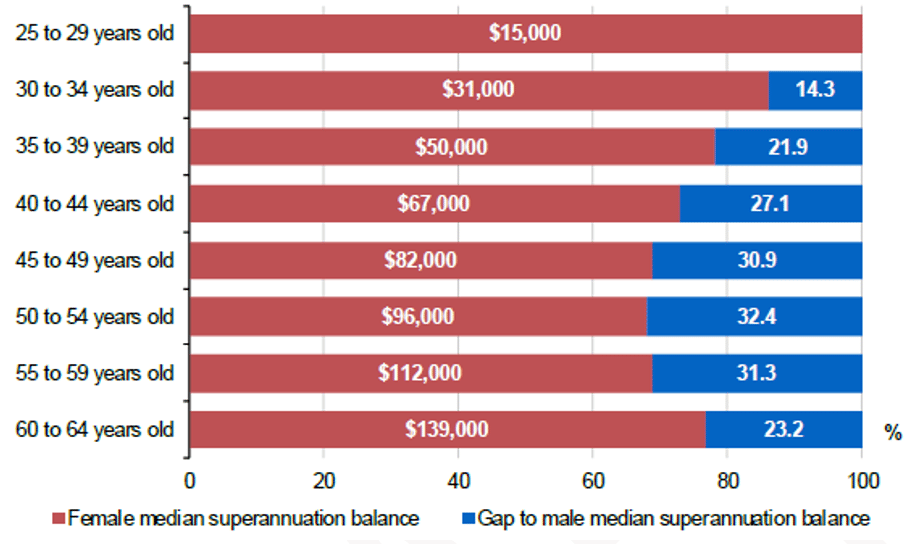In this guide
As a first step in addressing the gender inequality in Australia, the 2022–23 Women’s Statement in the October 2022 Federal Budget provides an up-to-date snapshot of issues in which gender still plays a part in creating unequal outcomes for Australians.
Issues covered include health and wellbeing, employment opportunities and remuneration, and preparedness for life after work.
Many of these issues are interconnected, resulting in Australia ranking 43 out of 146 countries in the World Economic Forum’s Global Gender Gap Index, according to the Statement.
This article focuses primarily on issues with an economic dimension, particularly as it relates to superannuation and retirement planning.
What is the current disparity in superannuation?
The Women’s Budget Statement reiterates what numerous other studies have found, including Treasury’s Retirement Income Review of 2020.
When it comes to the accumulation of super, there is a sizable difference in outcomes between men and women. The Statement reported a median super balance for men of $56,000 and $45,000 for women, a gap of 24%.
And these are medians, meaning half of the 9.1 million men currently with super accounts had a balance less than $56,000, while for the 8.5 million women with super, half had a balance of less than $45,000.
When adjusted for different age groups (cohorts), median balances increase with age. According to the Statement, the median super balance at retirement (taken to be age 65) is now $189,000 for men and $167,000 for women, a gap of 13%.
The chart below shows the median female super balance across different age cohorts, as well as providing the gap (in blue) to the equivalent male balances.
Female median super balances by age cohort (and gap to males as a percentage)

Source: Women’s Budget Statement 2022–23, Budget Papers (note the median balance is calculated based on those with a super balance)

Leave a Reply
You must be logged in to post a comment.